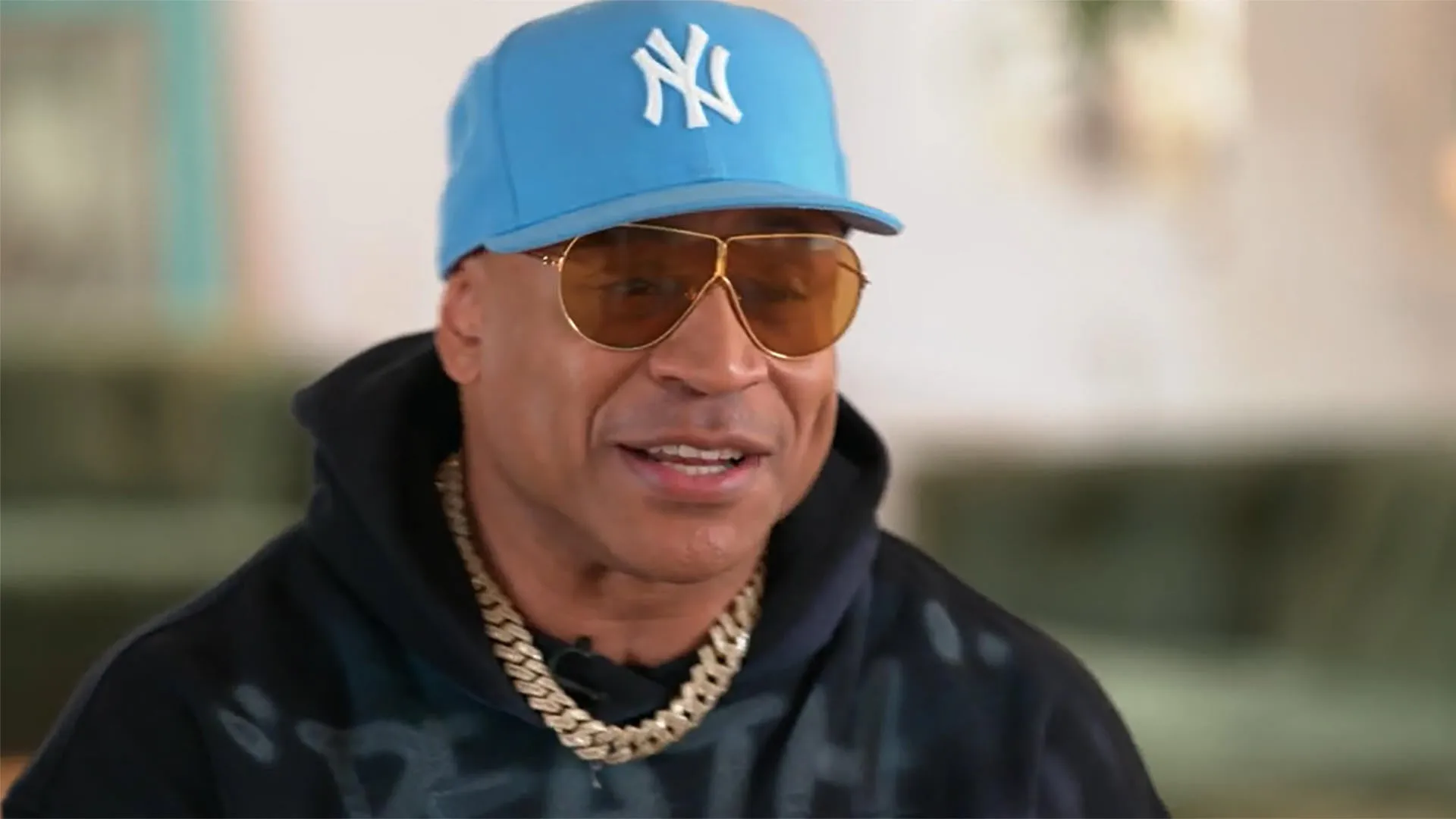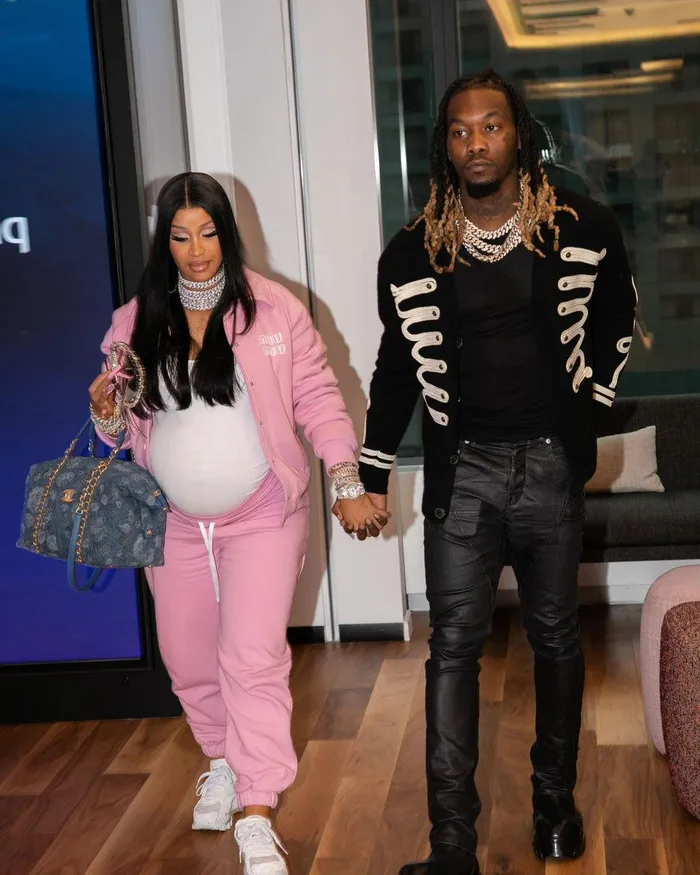

Eminem Gets Real About ‘Stan’ Inspiration — and How LL Cool J Shaped His Childhood Before Their 2024 Hit Collab
When Eminem opens up about his music, the world listens. Few artists in the history of hip-hop have maintained such a profound grip on popular culture, and fewer still have been willing to expose their vulnerabilities in the way that he consistently has. In 2024, the rap legend not only shocked fans by teaming up with his childhood idol LL Cool J for a monumental collaboration, but also revisited the roots of one of his most iconic tracks, “Stan.” The result was a deeply personal reflection on art, inspiration, and the passage of time in a career that spans decades.

Revisiting the Origins of “Stan”
To understand the significance of Eminem’s revelation about “Stan,” one must step back to the year 2000, when the song first shook the music industry. At the time, Eminem was already a household name thanks to the global success of The Slim Shady LP, but it was “Stan” — the haunting tale of an obsessed fan who takes his devotion too far — that cemented him as a storyteller beyond comparison.
According to Eminem, the character of Stan was not merely a product of fiction. Instead, he was a composite drawn from real fan interactions, letters, and the overwhelming weight of fame that had begun to encircle the young rapper. The artist has now admitted in recent interviews that the concept of Stan was fueled by an acute awareness of how his music connected with listeners on levels he both admired and feared. “I was getting these letters from people who told me they related to my pain,” Eminem confessed. “But some of it was so intense, it scared me. That’s where the seed of Stan was planted.”
The word “Stan” has since entered the global lexicon, evolving into a term that defines extreme fandom. Yet, for Eminem, it remains a personal reminder of the complexities of fame. When he revisits the track today, he hears not just the chilling narrative but also echoes of his younger self, grappling with a tidal wave of influence and responsibility.
The Role of LL Cool J in Eminem’s Youth
As Eminem reflected on Stan’s inspiration, he also surprised fans by linking his early musical development to LL Cool J, one of hip-hop’s pioneering figures. For a young Marshall Mathers growing up in Detroit, LL was more than just an artist on the radio — he was a beacon of possibility.
Eminem recalled the countless hours he spent with his cousin, listening to tapes of LL Cool J’s groundbreaking records like Radio and Bigger and Deffer. The slick wordplay, commanding presence, and undeniable swagger of LL became a blueprint for the aspiring rapper. “When I heard LL Cool J, it was like someone opened a door I didn’t even know was there,” Eminem admitted. “He showed me you could be larger than life and still spit with pure skill.”
For Eminem, LL wasn’t just about the music. He represented confidence and resilience, qualities the young rapper desperately sought while navigating poverty, bullying, and instability at home. By the time Eminem began carving his own path, the seeds planted by LL Cool J’s music were already bearing fruit.
A Full-Circle Moment: The 2024 Collaboration
Fast-forward to 2024, and the collaboration between Eminem and LL Cool J feels almost poetic. After years of mutual respect and admiration, the two finally united in the studio to create a track that bridges generations of hip-hop. The single, which instantly topped streaming charts worldwide, carries both the grit of Eminem’s sharp storytelling and the smooth charisma that has always defined LL’s flow.
Fans and critics alike celebrated the release not just as a collaboration but as a milestone in the history of the genre. For Eminem, it was more than that — it was a chance to stand beside the man who had once seemed like a giant on the TV screen in his cousin’s living room. “Working with LL wasn’t just about making music,” Eminem said. “It was about honoring the roots of my journey and finally getting to trade bars with the legend who helped me believe in myself.”
The collaboration represents the merging of two eras: LL Cool J’s foundational role in shaping mainstream hip-hop and Eminem’s reign as one of the most influential rappers of the 21st century. Together, their voices crafted a piece that resonates across generational divides, reminding listeners of hip-hop’s enduring legacy.
The Emotional Weight Behind Eminem’s Reflection
When Eminem spoke candidly about Stan and his childhood connection to LL, it wasn’t simply nostalgia. It was also an exploration of the weight he has carried throughout his career. Fame, for him, was never just a spotlight; it was a magnifying glass that intensified every emotion, every criticism, and every misstep.
In discussing the creation of “Stan,” Eminem revealed how personal vulnerability became both his greatest weapon and his greatest burden. By channeling his raw emotions into his lyrics, he created art that was universally relatable, but the darker side of that relatability often haunted him. Many fans related to his struggles with depression, addiction, and alienation, but the intensity of those connections sometimes blurred the boundaries between artist and listener.
Acknowledging LL Cool J’s influence was also Eminem’s way of grounding his story. While Stan might symbolize the dangers of unchecked fandom, LL represents the positive power of music — the kind of inspiration that can lift a struggling kid out of despair and push him toward greatness. In this sense, the 2024 collaboration is more than just a track. It is a symbolic reconciliation of those two forces: the light of inspiration and the shadow of obsession.
Hip-Hop’s Intergenerational Dialogue
What makes the Eminem–LL Cool J partnership in 2024 particularly compelling is how it embodies the ongoing dialogue between different generations of hip-hop. LL Cool J entered the scene in the 1980s, when rap was still fighting for mainstream legitimacy. He was part of the first wave of artists to prove that hip-hop could be more than a passing trend. Decades later, Eminem emerged as the face of rap’s global takeover, pushing the boundaries of storytelling and lyrical dexterity.
Their collaboration highlights the continuity of hip-hop as a cultural force. It is not a genre defined by one era or one voice but by an ever-evolving conversation where each artist adds a new layer. Eminem himself acknowledged this dynamic, stating, “Without LL, there might not be me. Without the artists today, there won’t be the next generation. Hip-hop is about passing the torch and respecting the craft.”
This dialogue also reinforces the idea that inspiration is cyclical. Just as LL Cool J inspired Eminem, countless young artists now cite Eminem as their guiding light. The 2024 collaboration, then, becomes both a tribute to the past and an investment in the future.
Fan Reactions and Cultural Impact
The cultural impact of Eminem and LL Cool J’s 2024 hit cannot be overstated. Within hours of release, social media platforms were flooded with reactions from fans who felt they were witnessing history. For older listeners, it was a dream realized — seeing two icons from different eras finally share a track. For younger fans, it was an introduction to LL Cool J’s legacy, wrapped in the familiar cadence of Eminem’s delivery.
Many fans also revisited “Stan” in light of Eminem’s candid reflections, listening with fresh ears to the song that had defined so much of his early career. The renewed attention sparked debates about the boundaries of celebrity and fan culture, proving that more than two decades later, Stan remains as relevant as ever.
Critics praised the collaboration for its authenticity. Rather than chasing trends or relying on nostalgia alone, Eminem and LL delivered a track that felt current while staying true to their distinct identities. This authenticity, combined with their shared history, gave the song an emotional depth that resonated far beyond the charts.
Eminem’s Ongoing Evolution
What this moment ultimately reveals is Eminem’s evolution as an artist and as a person. In his early years, he was known for his brash defiance, his razor-sharp humor, and his willingness to provoke. While those elements remain part of his persona, the Eminem of 2024 is also reflective, humbled by time, and willing to give credit to those who shaped him.
His openness about the inspiration behind Stan and his acknowledgment of LL Cool J’s role in his youth demonstrate a maturity that comes with experience. It also signals a willingness to reframe his legacy not just as a lone genius but as part of a continuum of artists who built upon one another.
For LL Cool J, too, the collaboration is a validation of his enduring relevance. Far from being a relic of the past, he has once again proven his ability to adapt and inspire, even alongside artists from a generation that came long after his debut.

Conclusion: A Legacy of Inspiration
In the end, Eminem’s revelation about the true inspiration behind “Stan” and his heartfelt acknowledgment of LL Cool J’s impact form a powerful narrative about the cycles of influence that define music. From a young boy in Detroit who found solace in LL’s booming voice to a global superstar grappling with the complexities of fandom, Eminem’s journey is one of resilience, honesty, and growth.
The 2024 collaboration between the two artists is not merely a song. It is a statement about hip-hop’s enduring power to connect across generations, to transform pain into art, and to remind us that every legend was once a fan with a dream. For Eminem, it is a chance to give back to the culture that shaped him. For LL Cool J, it is proof that his influence continues to echo through time. And for fans, it is a moment to celebrate not just a hit record, but a legacy built on inspiration, vulnerability, and the unbreakable bond between artist and audience.


















